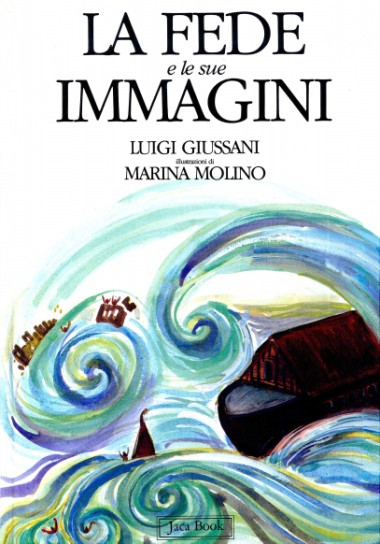Starting with the texts from the Old and New Testaments, Fr. Giussani turns to children and young people recounting the signs that have trailed the history of the Judeo-Christian people and still persist in the Church.
As a matter of fact, the Scriptures are rich in symbols that reveal several aspects of faith. Specifically, the images in the Old Testament reveal the relationship between God and man, such as the “rainbow,” a sign of covenant because it represents God’s embrace just as the earth is embraced by a rainbow after a storm. Moreover, God is described in the Bible as a “father” waiting to be recognized by his children. All signs that portray God do not fully encompass Him, but serve to introduce man to His mystery, for otherwise he could not understand it directly.
To describe the figure of Jesus Christ, also the Gospels make use of images. For Saint Luke, Jesus is like a “daybreak” because He shines light on our hearts to recognize God. Jesus is the “good shepherd” who leads and guards His sheep from wolves by teaching them the truth. Jesus is “bread” as a sign of companionship to our lives—He does not just stand beside us but He comes into us to become ourselves. Other emblems of Jesus are: the “vine,” as a sign of unity of the Church; the “lamb,” as a sign of sacrifice; the “cross,” as a sign of obedience; the “peacock,” as a sign of resurrection; the “fish,” as a sign of recognition.
The Holy Spirit is also described by these symbols: the “dove,” “water,” “oil,” and “fire.”
And even more so the Church, which is described as a safe “ark” for man who is no longer alone at the mercy of his own fragility. If the “vine” is Christ, the “vineyard” is the Church that consists in Him—just as the master devotes his special care to the piece of land onto which the vine is grafted, so does Jesus by reaching out to man. Moreover, just as God is “father,” the Church is “mother,” for as a mother devotes herself to raise and educate her children, so does the Church, supporting and forgiving us.






